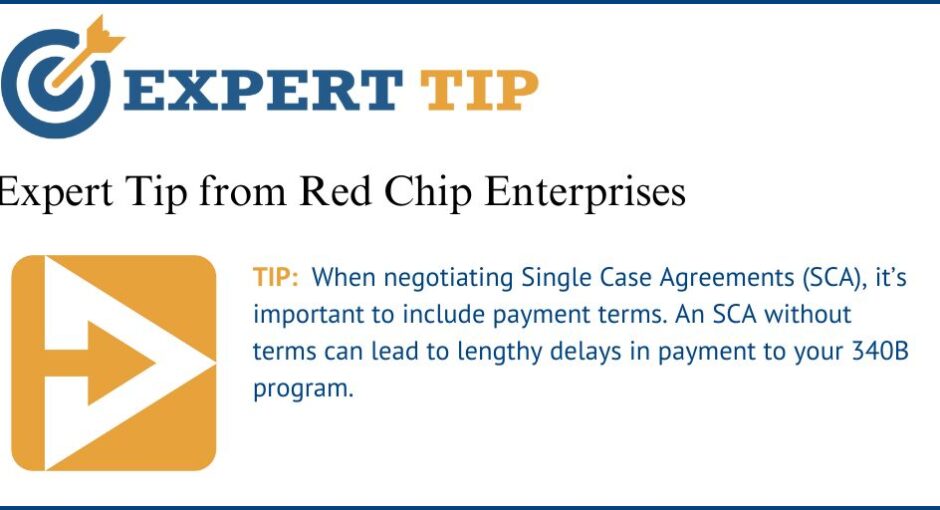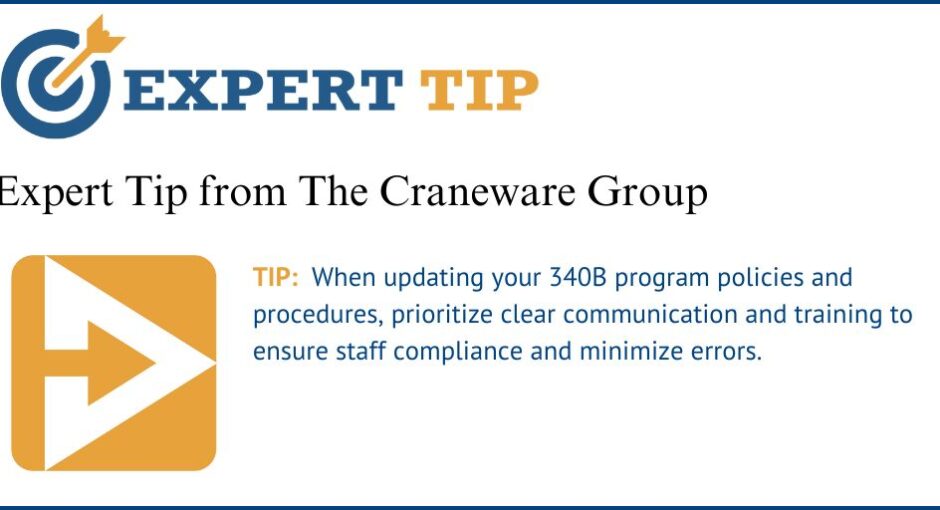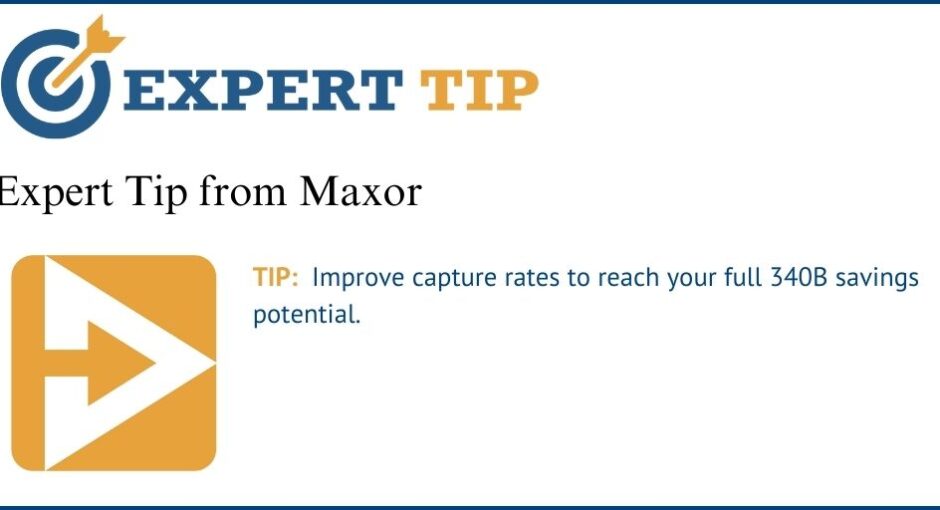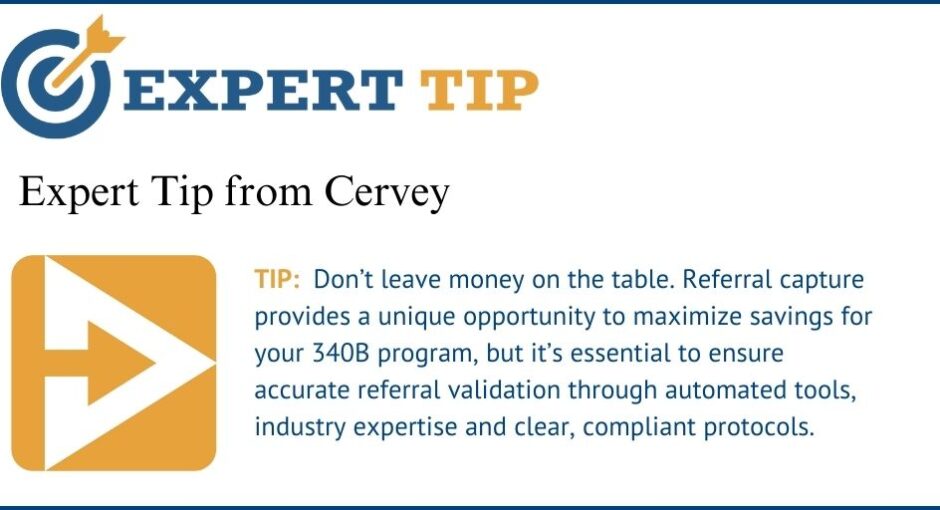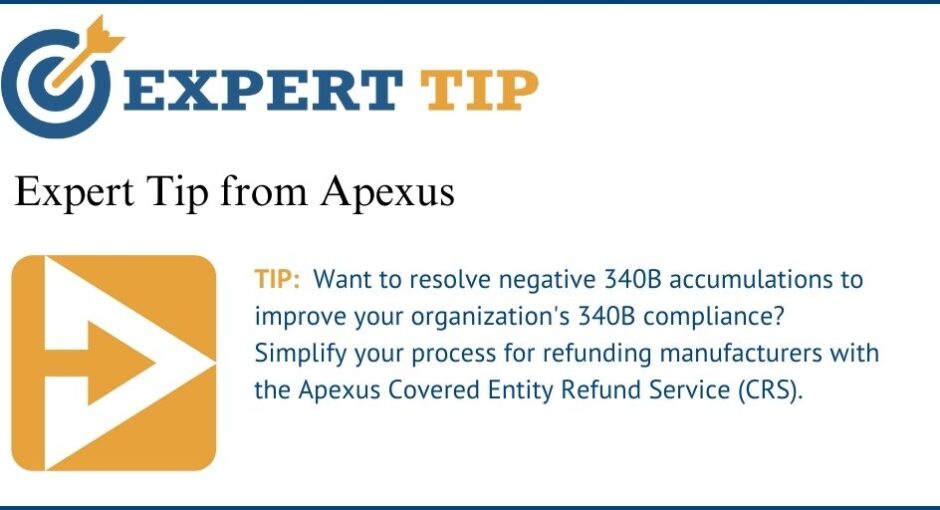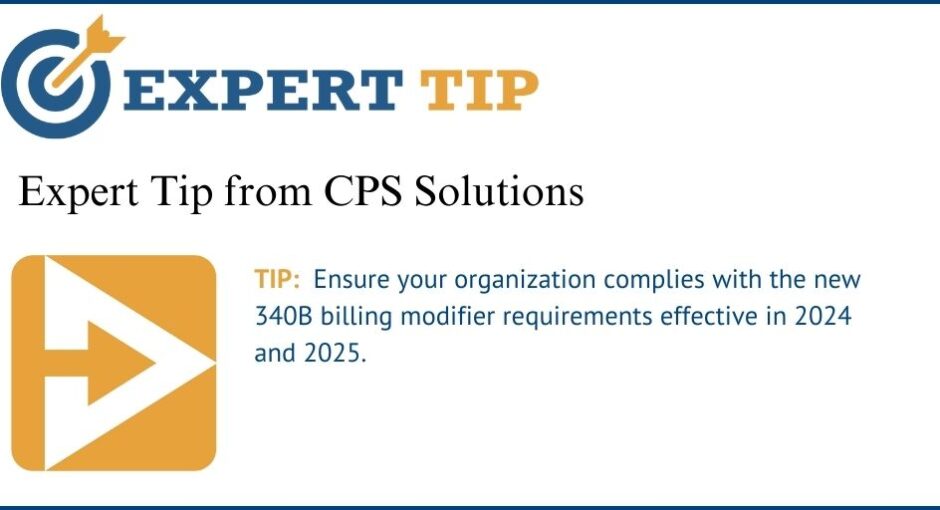
SPONSORED CONTENT

TIP: Establishing controls and performing regular monitoring is crucial to prevent and identify noncompliance with 340B program requirements.
The 340B program is complex. Covered entities need to have processes and controls in place to assess their ongoing compliance with HRSA policies, regulations, and guidance, in addition to their self-established policies and procedures. Best practices include an annual review of eligibility criteria and documents to ensure sufficient documentation to demonstrate compliance with all requirements, regularly maintaining and periodically reviewing the 340B OPAIS database to confirm accuracy, and routinely monitoring purchasing and inventory management.
Failure to conduct monitoring and implement remedial action when necessary can result in significant administrative and financial challenges for covered entities. This may impact their ability to address the needs of underserved communities adequately. Engaging a reputable 340B services provider that offers a tailored and holistic compliance strategy can help covered entities stay well-disciplined while focusing on the most important priority: patients and their well-being.

Valerie Castello, chief privacy officer and chief compliance officer at Avita Care Solutions, can be reached at valerie.castello@avitacaresolutions.com


SPONSORED CONTENT

TIP: If your entity has not been submitting data to 340B ESP or designating pharmacies associated with certain manufacturers, it may be time to reassess.
If your covered entity has not considered or begun submitting data to 340B ESP or designating specific pharmacies, it may be time to revisit the topic. We have seen an increased impact on 340B savings over the last few years for entities without an entity-owned pharmacy.
Your 340B Third Party Administrator should be able to provide you with impact assessments based on drug manufacturer restrictions for your contract pharmacies. This information can let you know why your 340B savings have been dwindling, as well as provide you with insight on what you can do to restore 340B pricing.
Additionally, most TPAs can assist with the process of ESP submission or designating pharmacies for impacted 340B drugs.

Alex Homkey is Business Development Manager at Hudson Headwaters 340B. He can be reached at ahomkey@hudson340b.com
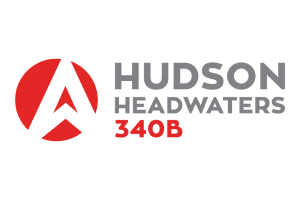

SPONSORED CONTENT

TIP: When negotiating Single Case Agreements (SCA), it’s important to include payment terms. An SCA without terms can lead to lengthy delays in payment to your 340B program.
SCAs are special contracts negotiated between healthcare providers and insurance companies for providing care to patients who are out-of-network. SCAs often allow providers to negotiate better rates than typical out-of-network fees, which is particularly important in complex or high-cost cases where the provider might be assuming significant risk. These agreements are tailored to individual patient cases and outline the specific terms under which services will be provided and compensated.
In particular, the payment terms should specify the amount, method, and timing of payments. This will help reduce the likelihood of disputes and delays in payment, which can be costly and time-consuming for both parties.
Red Chip excels in securing Single Case Agreements (SCAs) for high-cost drugs across a diverse range of payers. Our trained Payer team has extensive experience and a nuanced understanding of the complexities associated with negotiating and obtaining SCAs, which is crucial for managing expensive hemophilia or transplant treatments. We are experts at navigating the challenging landscape of insurance approvals, demonstrating a consistently high success rate across various insurance providers, both public and private.
At Red Chip, we are dedicated to enhancing patient access to essential therapies, reducing out-of-pocket costs, and increasing revenue so that 340B programs can continue their role of being safety net providers.

Holly Frye is Vice President, Revenue Cycle & Reimbursement at Red Chip. She can be reached at hfrye@redchip.org
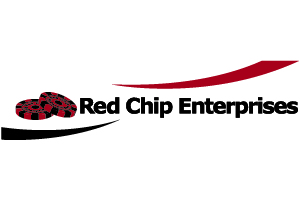

SPONSORED CONTENT

TIP: When updating your 340B program policies and procedures, prioritize clear communication and training to ensure staff compliance and minimize errors.
Updating policies and procedures is a crucial aspect of maintaining compliance and efficiency within a 340B program. It’s not just about the documentation; it’s about ensuring that everyone involved understands the changes and knows how to implement them correctly. Clear communication through training sessions, workshops, or online modules can significantly reduce misunderstandings and errors, ultimately leading to smoother operations and reduced compliance risks. Remember, a well-trained team is key to a successful 340B program.

Megan Hall is Product Manager at The Craneware Group. She can be reached at mhall@craneware.com
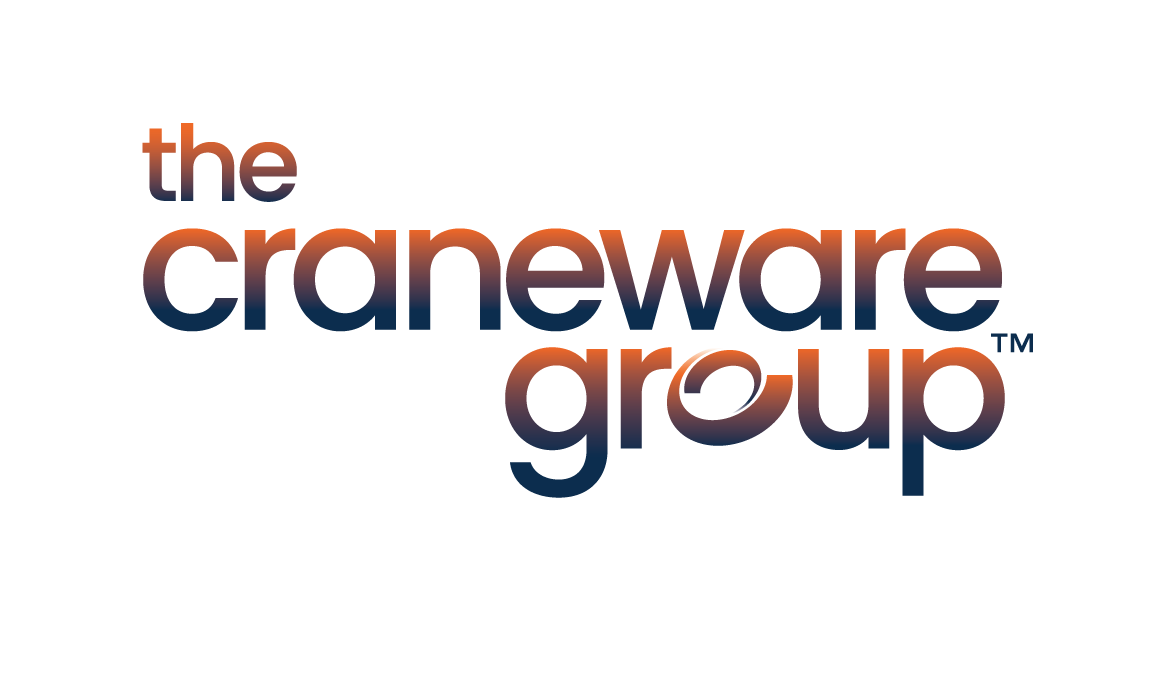

SPONSORED CONTENT

TIP: Improve capture rates to reach your full 340B savings potential.
From changing compliance mandates to the manufacturer restrictions that began in 2020 that limit access to contract pharmacy arrangements, covered entities are faced with increasing complexity when it comes to administering a successful 340B program and reaching their full 340B savings potential.
It’s more important than ever to identify opportunities to optimize your 340B program performance. Tracking and increasing capture rates is one best practice that can help ensure both financial and operational optimization.
A great place to start is with an in-depth analysis of your organization’s 340B eligible prescriptions to understand current patient and employee capture rates.
Here are three ways you can facilitate engagement and increase capture rates in your covered entity:
- Explore ways for employees to utilize the services provided in your organization. This could look like reducing co-pays for medical services, reducing prescription co-pays at your in-house pharmacy, or offering medication management services and point of care testing to employees. We’ve also seen organizations offer payroll deductions at their in-house pharmacies to support their staff with a seamless, contactless pharmacy experience.
- Consider new ways of engaging patients. Integrating pharmacists into multidisciplinary care teams can drive patient engagement. Monitoring medication adherence and tracking the therapeutic effects of medications can improve the quality of care and clinical outcomes.
- Explore a home or office delivery service. Convenient fulfillment options could play a large part in increasing capture rates. Offering a home or office delivery service can reduce wait times and promote adherence as patients can receive their medications and additional refills without having to visit the pharmacy.
Partnering for success
As the 340B landscape continues to evolve, the right partner can help you navigate the changes and complexity.
At Maxor, we help covered entities maximize 340B savings and unlock pharmacy value. We are a partner who supports your mission as you deliver vital healthcare services in your community.
Learn how our expert team can help optimize your 340B program and grow your specialty pharmacy with a comprehensive data assessment.

Jason Atlas is Senior Vice President, Pharmacy Operations at Maxor. He can be reached at jtatlas@maxor.com
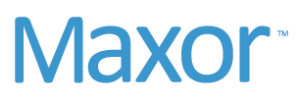

SPONSORED CONTENT

TIP: Don’t leave money on the table. Referral capture provides a unique opportunity to maximize savings for your 340B program, but it’s essential to ensure accurate referral validation through automated tools, industry expertise and clear, compliant protocols.
Referral capture offers a unique opportunity to maximize savings within your 340B program. Automated tools offer a streamlined approach to referral identification. However, it’s important to not stop at automation. Validation of referral opportunities can be a heavy lift on your 340B team – especially if you are already under-resourced.
By partnering with a solution offering validation in addition to identifying referral opportunities, you can reduce the margin of error and ensure that only eligible prescriptions are included. When defining an eligible referral prescription with your referral capture partner, incorporate 340B consultants, steering committees and any compliance teams that support the covered entity to be a part of the decision-making process. This is a critical step to balance the potential for increased 340B access while not sacrificing compliance.
Clear protocols are essential for maintaining consistency and accuracy in the referral validation process. These protocols should outline the steps for validating referrals, including the criteria for patient eligibility and prescription verification, to ensure thorough and comprehensive validation practices.
By prioritizing accurate referral validation through automated tools, industry expertise, and clear protocols, covered entities can maximize savings – and ultimately improve patient care.

Harrison Garrett, director of 340B Solutions at Cervey, can be reached at hgarrett@cervey.com


SPONSORED CONTENT

TIP: Want to resolve negative 340B accumulations to improve your organization’s 340B compliance? Simplify your process for refunding manufacturers with the Apexus Covered Entity Refund Service (CRS).
Ineligible 340B purchases result from various situations, such as reversed claims, errors in eligibility data transmitted to 340B vendors, or inadvertent 340B purchases without supporting eligibility or accumulations. These errors may occur as a part of normal business practices. Even though most issues may not meet a material breach threshold requiring disclosure to HRSA, HRSA still expects noncompliance associated with diversion and duplicate discounts to be resolved with the manufacturer through repayment.
If ineligible purchases are identified early, there may be options to work with your wholesaler to return or credit and rebill the product. The credit-and-rebill process is typically restricted to within 3–6 months of the date of purchase; returns may have even shorter timeframes. Unfortunately, these solutions are not available for some products and cannot be used when the ineligible purchase was made prior to the respective timeframe restriction, such as more than 6 months ago. These situations typically require repaying manufacturers directly to ensure transparency.
Simplify the repayment process with CRS
Covered entities work with CRS to efficiently process repayments to manufacturers through a proprietary process, reducing time and effort spent correcting ineligible 340B purchases. Our experienced team ensures accurate repayment calculations and offers refunds to manufacturers on your behalf. With an average manufacturer response rate of 95%, CRS reduces the risk of nonresponsive manufacturers contacting you months after your repayment offer, so you can stay focused on your current work. CRS delivers a fully auditable report, providing transparency and peace of mind.
To sign up for CRS or learn more, visit https://www.apexus.com/apexus-refund-services/covered-entity-refund-service


SPONSORED CONTENT

TIP: Make transparency and visibility the cornerstones of your 340B program.
As manufacturers continue to impose restrictions and covered entities struggle with rising costs, it is imperative to protect your 340B program. The best way to do this is to create transparency and visibility to other stakeholders in the organization. While 340B is something that is on the forefront of our minds, it might surprise you to know that we have had conversations with hospital leadership outside of pharmacy who had no idea of their annual drug savings and the impact of a manufacturer payback requirement or program termination.
Interestingly, when executives understand the value and consequences of non-compliance, they often become champions of the program in their facilities. Providing data around the annual program benefit, resource needs with maintaining compliance, community benefit, and current status can help a program leader be successful.
Providing the right level of information and education can help you:
- Enlist other 340B champions
- Gain resources
- Quantify risks
- Identify savings opportunities
In order to achieve sustainable compliance programs, executives must ensure sufficient resources are devoted to people, processes and technology. Technology tools, like smart auditing and guided workflows, can enable efficient use of resources to protect both program benefits and the covered entity’s bottom line. Ultimately it is making sure that leadership knows the value of the program, what it takes to be successful, and the consequences of non-compliance.
Sectyr has this information readily available. We provide a single source of visibility into 340B compliance status and our software solution serves as a hub for collaboration between your team and your auditors before, during and after an audit. Learn more here.

Craig Frost is president and COO at Sectyr, LLC. He can be reached at Craig.Frost@sectyr.com
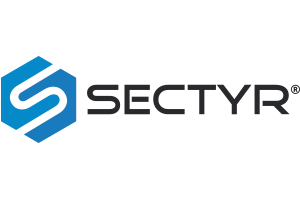

SPONSORED CONTENT

TIP: Expand your Ryan White 340B designation to include STDs to improve patient health outcomes and maximize your 340B savings.
Many Ryan White entities are not aware that they may already be eligible as an STD grantee for the 340B program. There are several benefits to utilizing an STD designation over a Ryan White designation, including:
- Expanded patient care: With an STD designation, you can align more closely with your mission to ensure your at-risk patients stay safe and healthy from a broader set of diseases and infections.
- Ability to serve more patients: By converting to a 340B STD Designation, your patient eligibility definition is expanded, extending your organization’s patient reach and increasing 340B generated revenue. Unlike the Ryan White 340B designation, which mostly captures HIV-positive patients, an STD designation allows you to capture patients with conditions such as Hepatitis C and individuals at risk of acquiring an STD, including those on PrEP.
- Unrestricted use of 340B savings: Ryan White primarily covers HIV-positive patients, while an STD designation provides the flexibility to generate savings and allocate funds as needed within your organization and local community. The STD designation allows you to provide the best care possible, including, but not limited to, expanding existing clinical and social-support services, curating new unfunded programming and activities, and supplementing administrative/salary expenses.
- Less reporting requirements: It is critical to be a good steward of the 340B program and remain compliant. Transitioning to an STD designation reduces reporting obligations and can make it easier to do so. With a Ryan White designation, extensive budgeting and expenditure plans are required. Additionally, since the Ryan White program is payor of last resort, excess Ryan White Grant funds may need to be repaid to your Grant Administrator if your organization is unable to expend the grant funds after all 340B program revenue is spent.
Ryan White entities are not automatically eligible for an STD designation. In some instances, you may need to collaborate with your local government to secure additional grants or in-kind service contracts. If you have questions about converting your Ryan White designation to include STDs or need assistance liaising with local government officials, contact Ravin Consultants at info@ravinconsultants.com.

Jennifer Lockwood is the founder and CEO of Ravin Consultants. For questions, contact info@ravinconsultants.com
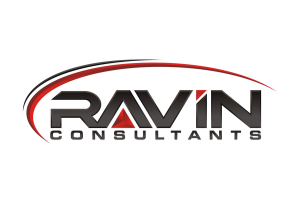

SPONSORED CONTENT

TIP: Ensure your organization complies with the new 340B billing modifier requirements effective in 2024 and 2025.
CMS Changes 340B Modifier Requirements for Part B Drugs
CMS has made incremental changes to the 340B billing modifier requirement. Although compliance with Medicare Part B billing falls outside of a HRSA audit scope, it is important that all covered entities remain compliant with those guidelines. Pharmacy leaders and 340B coordinators are well positioned to identify any 340B-specific billing discrepancies and can assist with routine auditing after billing changes are implemented.
CMS 340B Billing Modifier Changes
The updated CMS billing guidance, which went into effect January 1, 2024, requires all providers and suppliers billing Medicare Part B for status indicator “K” 340B drugs to use the “JG” or “TB” modifier.
Considerations:
- Previously, it was optional for critical access hospitals (CAH) to utilize the “TB” modifier for status indicator “K” 340B drugs. It is now mandatory for CAHs to submit the “TB” modifier.
- 340B covered entities not previously reporting a modifier, such as grantees, should report the “JG” modifier when billing Medicare Part B for status indicator “K” 340B drugs.
- Providers and suppliers, such as contract pharmacies, should submit the “JG” modifier when billing Medicare Part B for status indicator “K” 340B drugs.
Starting January 1, 2025, all 340B covered entities must transition to the “TB” modifier on 340B claims for separately payable Medicare Part B drugs and biologics. Covered entities also have the option for early transition to the “TB” modifier in CY24.
A complete list of drugs with status indicators is available on the CMS website under the most recent Addendum B file, which is updated each calendar quarter.
Additional information can be found in the following resource: Medicare 340B Billing Changes

Dennis Killian is director of 340B Solutions at CPS Solutions, LLC. He can be reached at Dennis.Killian@cps.com
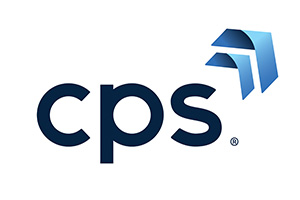
*Sign up for news summaries and alerts from 340B Report



